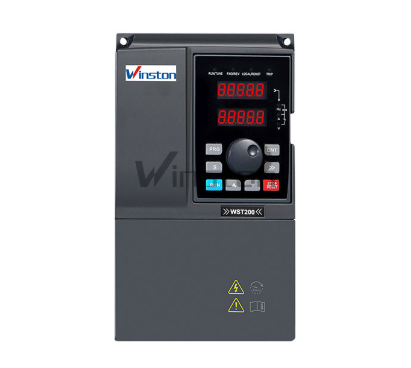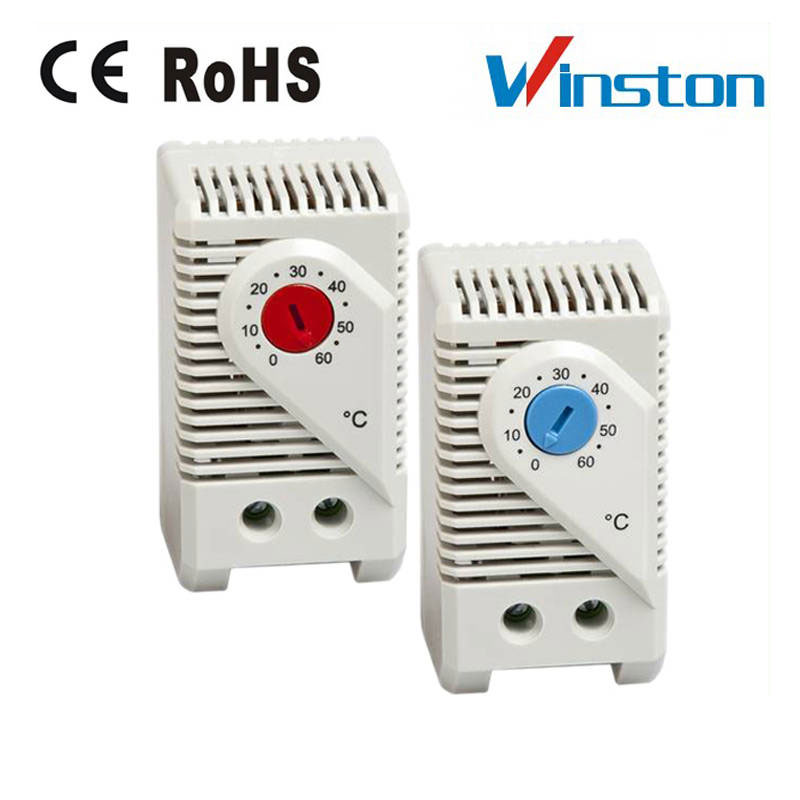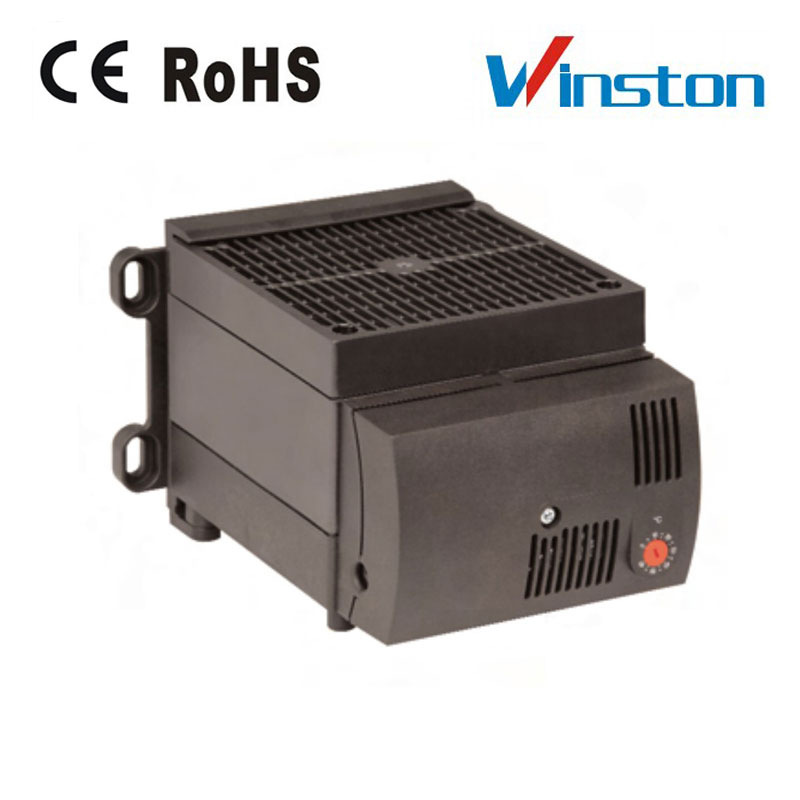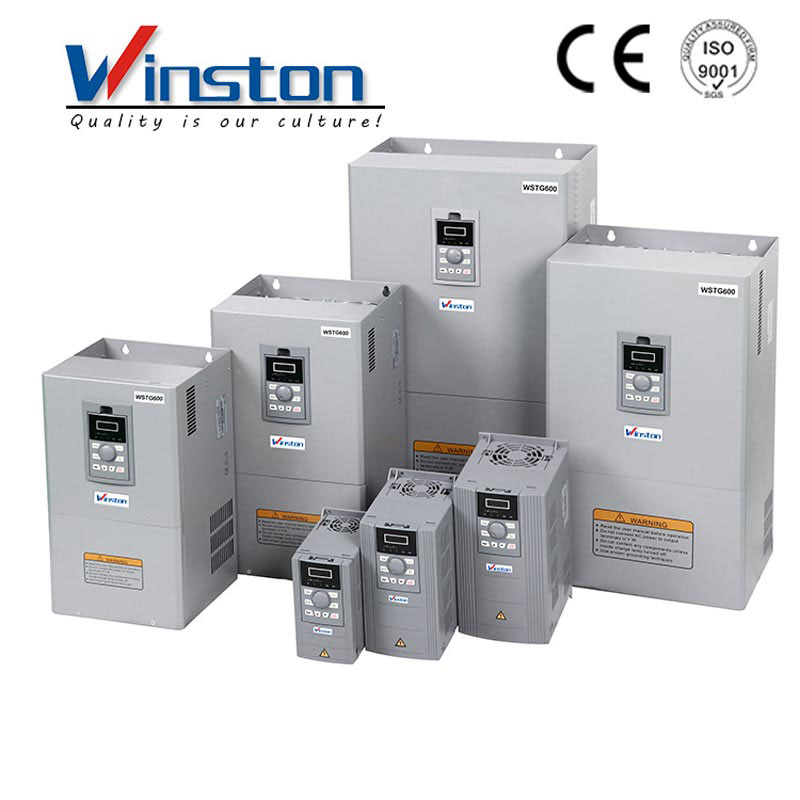How to Choose an Appropriate Inverter?
In today's energy - diverse world, inverters have become essential devices, especially for those relying on solar power, backup generators, or other DC - power - based systems. Selecting the right inverter is crucial as it directly impacts the performance, efficiency, and reliability of your power setup. Here are some key factors to consider when making this important choice.
Power Rating
-
Determine the load: Calculate the total power consumption of all the electrical devices that will be powered by the inverter. This includes both the continuous power and the peak power. Some devices, such as motors and compressors, may draw a significantly higher current when starting up, so it's important to account for these peak loads. For example, if you plan to power a refrigerator (which might have a starting wattage of around 1000 - 1500W and a running wattage of 100 - 200W) and a few other small appliances, you need to consider the combined peak and continuous power requirements.
-
Choose the right capacity: Select an inverter with a power rating that is sufficient to handle the peak load of your devices. It's generally recommended to choose an inverter with a power rating 20% - 30% higher than the maximum expected load to ensure reliable operation and to account for any future expansion or additional loads. So, if your total peak load is 1500W, you might want to consider an inverter with a rating of 1800W - 2000W.
Waveform Type
-
Sinusoidal - wave inverters: These are the best choice for most applications, especially when powering sensitive electronic equipment like computers, laptops, and audio - visual devices. The pure sine wave output closely resembles the AC power from the grid, which helps to prevent interference, reduce noise, and ensure the proper operation and long - term reliability of the connected devices. They are also suitable for powering motors and other inductive loads, as the smooth waveform reduces heating and stress on the motor windings.
-
Modified - sine - wave inverters: These are a more cost - effective option and are suitable for some basic applications such as powering incandescent lights, electric heaters, and some simple electronic devices. However, they may cause interference with some sensitive equipment and can lead to increased power consumption and reduced efficiency when used with certain types of loads. If you only need to power simple resistive loads and don't have any sensitive electronics, a modified - sine - wave inverter might be sufficient.
Input Voltage and Battery Compatibility
-
Match the input voltage: Ensure that the inverter's input voltage rating matches the output voltage of your power source, typically a battery bank. Common input voltages for inverters include 12V, 24V, and 48V. If you have a 12V battery system, you need to choose an inverter with a 12V input. Mismatching the input voltage can damage the inverter or prevent it from working properly.
-
Consider battery type and capacity: If you're using a battery - based power system, also consider the type and capacity of your batteries. Different battery chemistries, such as lead - acid, lithium - ion, or nickel - cadmium, have different discharge characteristics and voltage profiles. Make sure the inverter is compatible with the type of batteries you have and can handle the charging and discharging requirements to ensure efficient and safe operation.
Efficiency
- Look for high - efficiency models: Inverters with higher efficiency ratings will waste less power during the conversion process, which is important for maximizing the use of your available power source, especially in off - grid or battery - powered systems. Look for inverters with efficiency ratings of at least 85% - 90% or higher. Higher - quality inverters often have better efficiency, especially under different load conditions. Some inverters may also have features like automatic power - saving modes or variable - speed fans that help to improve overall efficiency.
Protection Features
-
Overload protection: This feature protects the inverter and your connected devices from damage in case the load exceeds the inverter's rated capacity. The inverter will automatically shut down or reduce the output power when an overload is detected to prevent overheating and potential damage to the internal components.
-
Over - voltage and under - voltage protection: Protects the inverter from damage due to high or low input voltages. If the battery voltage becomes too high (e.g., during overcharging) or too low (e.g., when the battery is discharged), the inverter will shut down or take appropriate action to prevent damage to itself and the connected equipment.
-
Short - circuit protection: In the event of a short circuit in the output circuit, the inverter will quickly cut off the power to prevent electrical fires and other hazards. This is an important safety feature to have, especially in case of accidental wiring errors or device malfunctions.
Size and Portability
-
Installation space: Consider the available space for installing the inverter. If you're installing it in a small RV, boat, or a confined space, you'll need a compact - sized inverter. On the other hand, if you're installing it in a stationary off - grid power system in a shed or a garage, you may have more flexibility in terms of size.
-
Portability: If you need to move the inverter frequently, such as for use in a portable generator setup or for outdoor activities, choose a lightweight and portable model. Some inverters are designed with handles or are small enough to be easily carried, while others are more suitable for fixed installations.
Brand and Warranty
- Choose a reliable brand: Opt for well - known and reputable brands that have a track record of producing high - quality inverters. Read reviews, ask for recommendations from others who have experience with inverters, and check online forums and product comparison websites. Reliable brands often use better - quality components, have better manufacturing processes, and provide better customer support.
- Check the warranty: A good warranty is an indication of the manufacturer's confidence in their product. Look for inverters with a warranty period of at least one to two years, although some higher - end models may come with longer warranties. A comprehensive warranty should cover both parts and labor in case of any manufacturing defects or malfunctions.
In short, to choose a suitable inverter, you should first accurately evaluate the power requirements and calculate the continuous and peak power of the equipment; then select the waveform type according to the equipment used, pure sine wave for sensitive equipment and modified sine wave for basic equipment; at the same time, take into account input voltage, battery compatibility, efficiency, protection function, size, brand and warranty, etc. to ensure that the appropriate inverter is selected.






